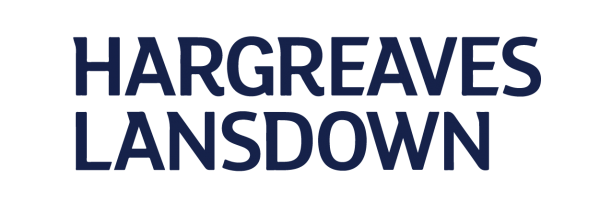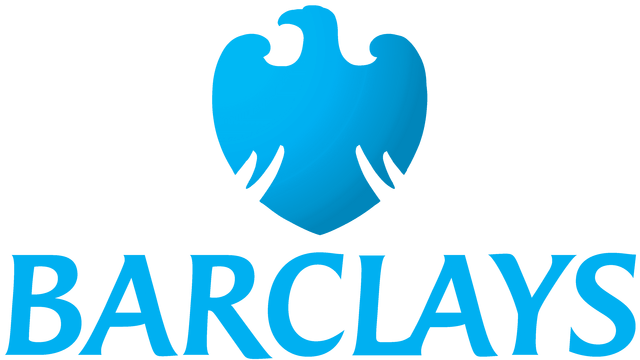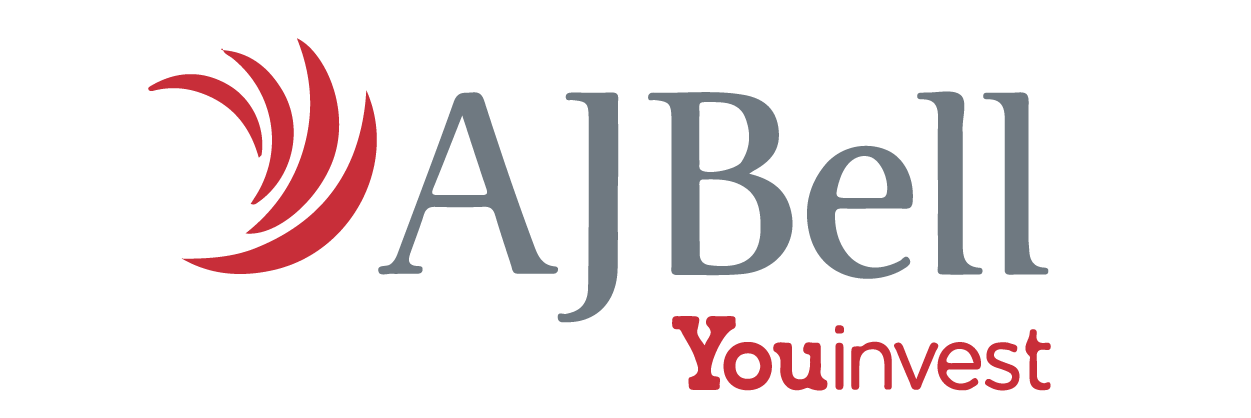Frequently Asked Questions
Within each of our investment platforms groups – DIY and DIWM services – you will notice numerous differences which we address in each section of our reviews.
First, we look at the types of account available which we class into three groups: individual savings accounts (ISAs – we look at three types), representing tax-free accounts for most of your investing needs; Self Invested Personal Pensions (SIPPs – we assess two types), for tax-incentivised investing for retirement; and then catch-all, vanilla investing accounts that we call general investment accounts (GIAs).
We also look at the breadth of the investments they offer, which can be quite varied in range across the two groups. For DIY platforms, some may only offer funds, which are bought directly from the financial institutions running them; others might focus on stock exchange traded financial products such as shares, investment trusts and ETFs; but most will offer a very wide range of investments indeed. DIWM platform tend to be narrower in their focus, offering just a handful of diverse, multi-asset funds that invest in markets around the world.
In addition, we look at the supporting services the platforms offer. For DIY platforms, these can include features such as monthly investing, research fund lists, tools, financial advice, news features, and telephone support. For DIWM platforms, given their simplified nature, we look at features such as the risk questionnaires used to help you decide on your investments, as well as app access and chat support.
Finally, we look at costs, which either fall under custody fees for holding your investments or trading fees depending on what you buy. (Don’t forget, when you invest in collective investments such as funds, investment trusts or ETFs, the institution running them will also charge a percentage investment fee). Costs will vary depending on the service you choose.
We look at variations of three types of investing accounts. First, Individual Savings Accounts (ISAs), which are designed by government and are tax free. Here, we assess three types of ISA: Stocks & Shares ISAs, Lifetime ISAs, and Junior ISAs. Second, we look at the Self-Invested Personal Pension (SIPPs), which are, again, government designed and tax incentivised to help you build a private pension for your retirement. Finally, we look at General Investment Accounts (GIAs), which represent everyday accounts for investing outside of your ISA or SIPP. These have no tax benefits.
We keep a close eye on the market and will introduce new platform reviews as new services appear which we deem to exceed our acceptable benchmark. Sign up to our email and we’ll notify you when these appear.
Yes, we provide a training course for beginners. This is a simple and easy seven-day email based course, where each day we send you a short article with links to various blogs and animations that explain how the world of investing works: assets, markets, financial goals, funds, share dealing, and much more! Click here to sign-up, it’s that easy.
We also have our ‘Steps’ if you want to look through the full range of our content. In addition, there’s sections for all of our videos, including explainers, jargon busters, investor testimonials, professional fund manager interviews, and FAQs. We have our fortnightly podcast, updating investors on markets and companies and including an interview with a professional from the world of investing. And we have a weekly blog, with articles from our journalists and our partners on topics including investing strategy, investing ideas, retirement & pensions, industry news, and stocks & trading. Please email us if you have any questions.
You can use investing platforms to invest in international markets. The easiest way to do this is through funds that invest in overseas markets, for example in US stocks, European, or even more broadly in global markets – all of the platforms will offer these. If you want to invest directly in international shares, you need to check with the platform to see what they have on offer as product ranges vary widely. Don’t forget, it will be more expensive than investing in London based shares as transactions in international shares involves foreign exchange fees.
Yes, you can lose money when investing in the stock markets. Investing comes with risk – it is the only way we can make a return in financial assets – which means the value of your investments will fall from time to time. This is perfectly normal as markets ebb and flow with the cycles of the economy.
Some investments, such as those in direct company shares, are at the very risky end as you are exposed to the fate of a single organisation. To reduce some of these individual risks, you can diversify your investments by using collective funds that contain a number of assets, for example 50 – 60 stocks. We believe this is a much more sensible approach to building wealth over the long term. As a result, funds represent a big chunk of the products offered at investing platforms.
Some funds have professional investors at the helm, selecting stocks they think are best from a particular market. It’s worth noting that the use of investment professionals will be reflected in the cost. If you’re looking for a cheaper way to invest, there are funds known as trackers or ETFs (exchange traded funds) that do not have investment professionals selecting stocks, but rather simply track particular markets by buying all the same investments within it.
In addition, you may diversify your investments further by investing in differing asset classes that come with different risks, such as bonds or property or alternatives such as physical infrastructure; as well as in different markets, such as the US or Europe. But keep in mind, this is all investing, and investing comes with risks. Be comfortable with these by learning more at Steps to Investing.




















